At the landing stage
Oil on canvas, cm 88 x 132.5
With frame, cm 100 x 140
Alfred Edouard Agenor de Bylandt (1829-1890) was a fascinating figure in the artistic scene of nineteenth-century Flanders, whose life and work were distinguished by an interesting fusion of nobility, diplomatic service and a genuine passion for painting. His biography is interwoven with elements that make him more than just an artist, but a witness and interpreter of his time. Born into an aristocratic family, De Bylandt was not a full-time painter in the traditional sense of the term. His position as Chamberlain of the King indicates a role of prestige and responsibility within the Belgian court, a job that undoubtedly put him in contact with influential circles and allowed him some financial freedom to cultivate his artistic inclinations without the pressing commercial requirements that often afflicted other painters. This double life, between the halls of royal palaces and studios, between state affairs and paintings, is a distinctive aspect of his personality. His restless spirit and thirst for knowledge manifested itself through an intense activity of traveller. De Bylandt did not limit himself to painting Belgium or the Netherlands; his paintings are a testimony of his many stays abroad. In particular, the Swiss and Italian landscapes that adorn its production reveal a special attention to nature, majestic mountains and bright atmospheres of the Mediterranean. Italy, with its wealth of history, art and breathtaking landscapes, was a favorite destination for many artists of the 19th century, and De Bylandt was no exception. His works depicting Italian scenes, such as The Market of Cannollio or Sunset on Lake Maggiore, are not only topographical views, but express a feeling, a personal interpretation of the light and color of those places.



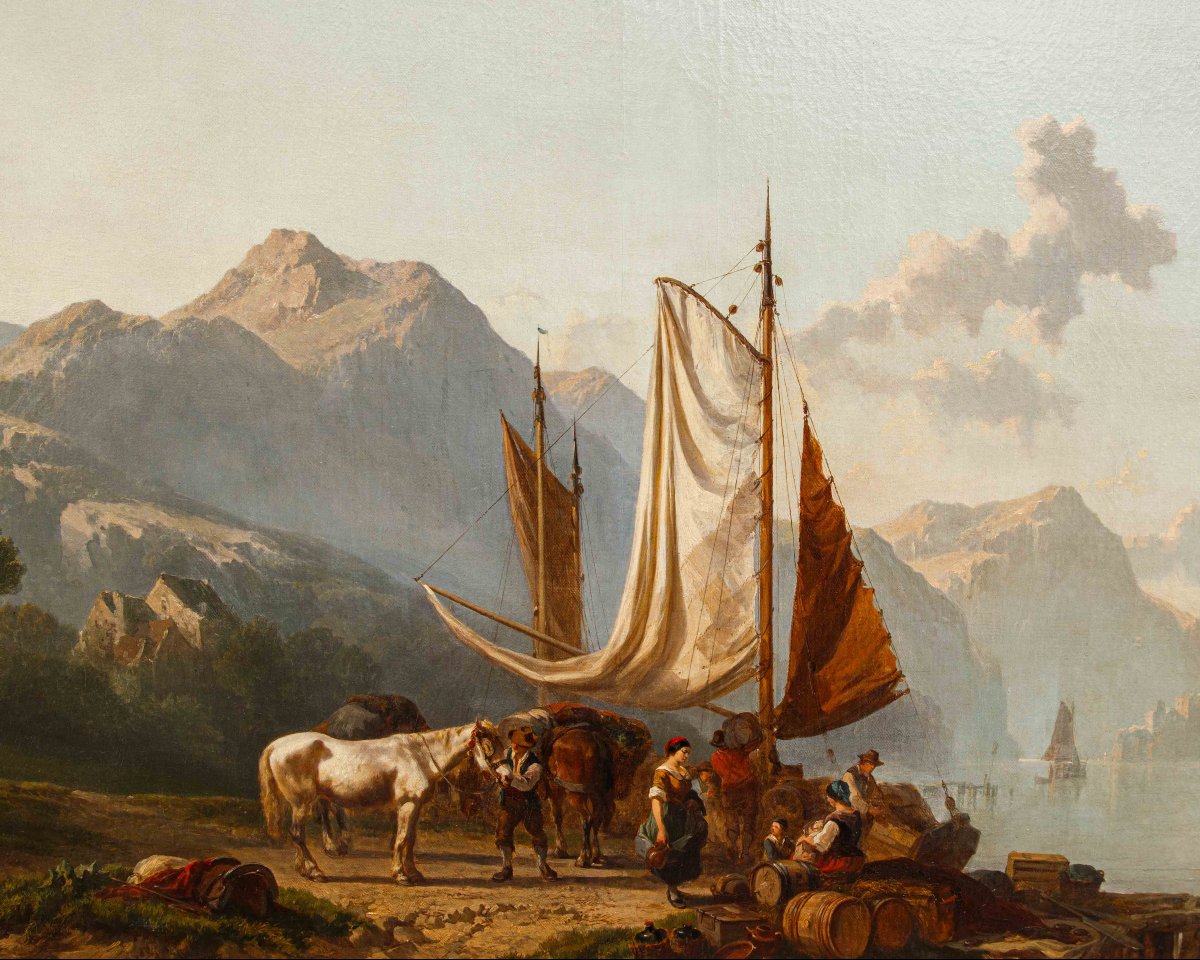


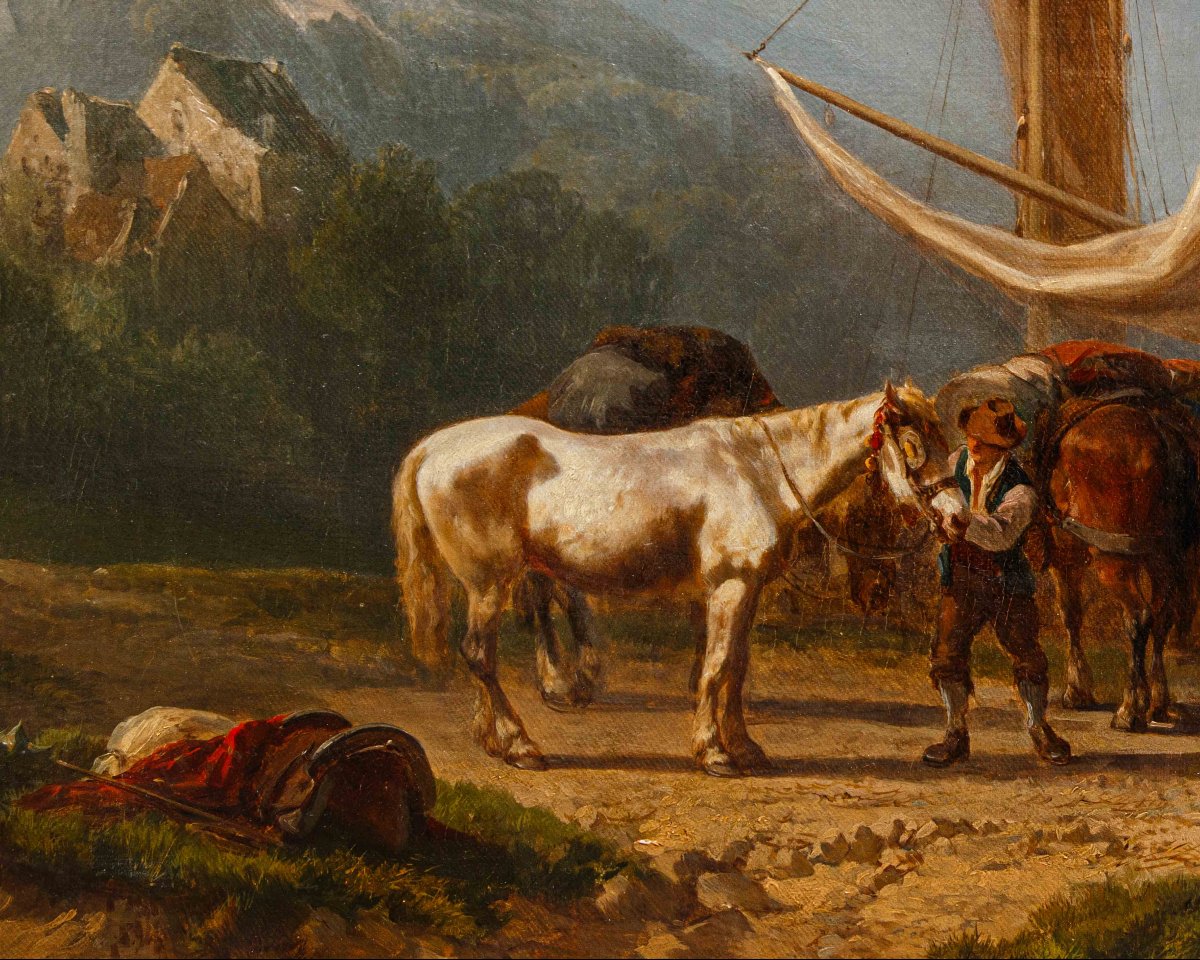

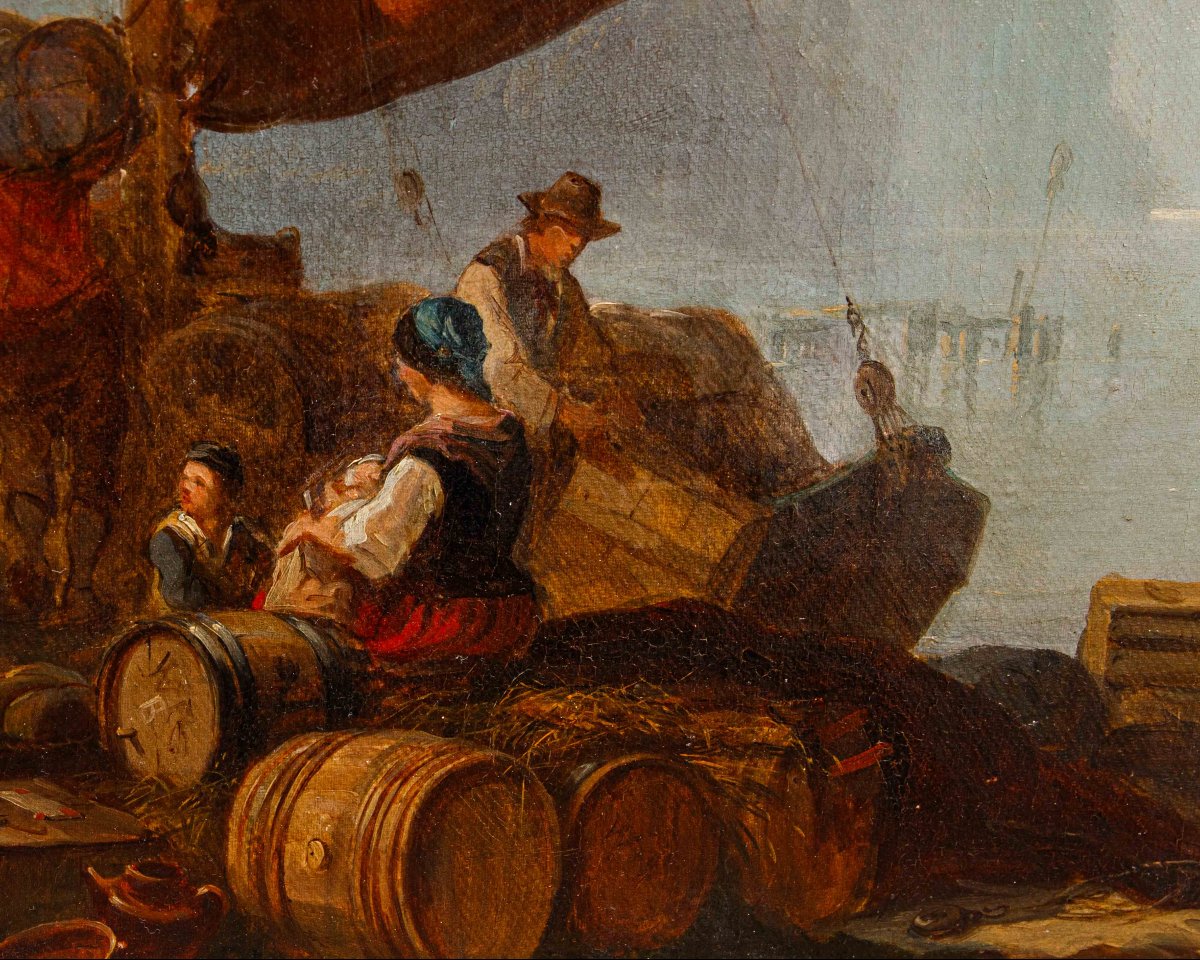



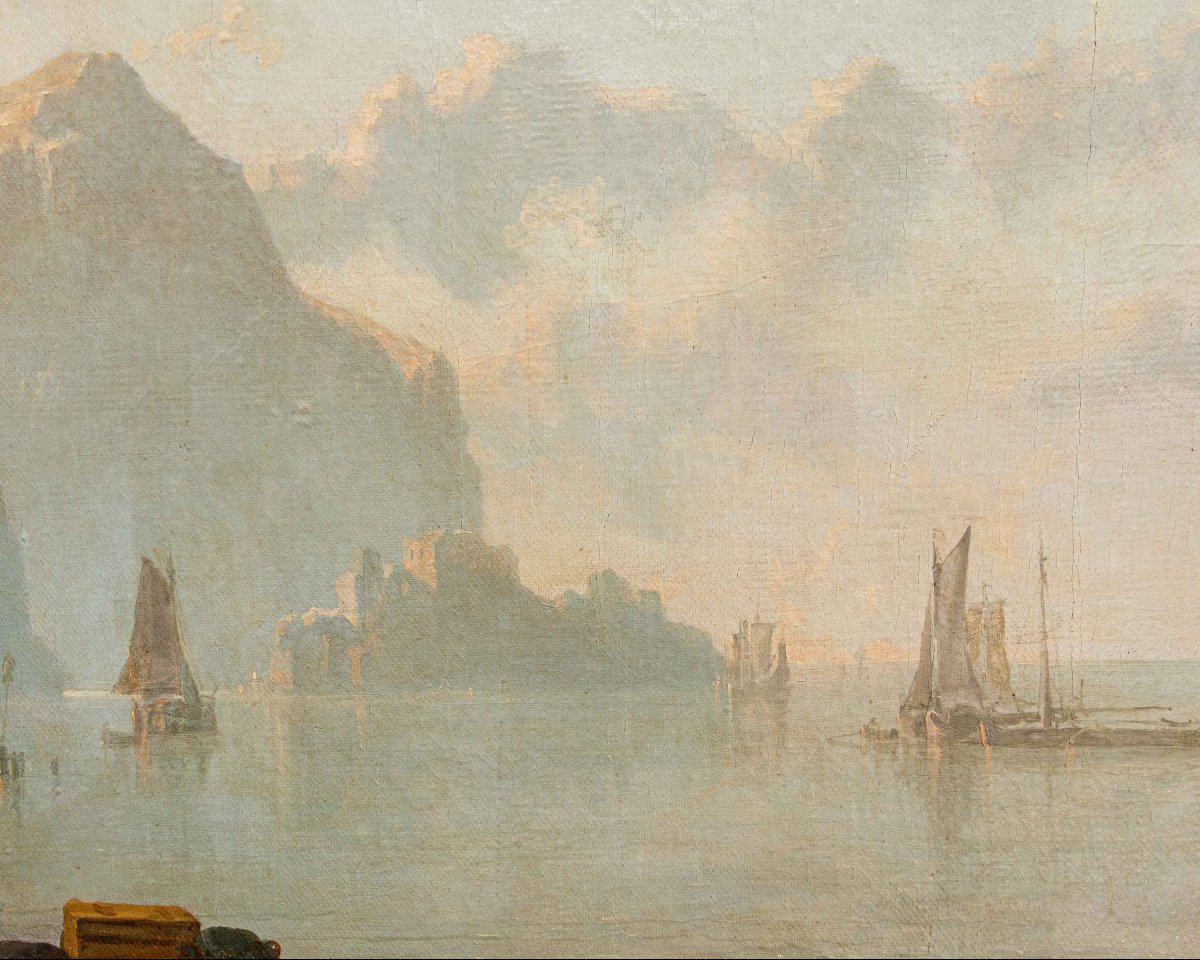












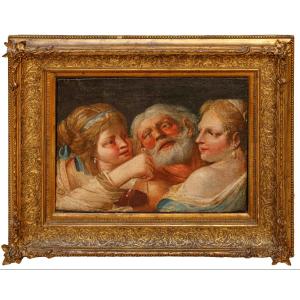
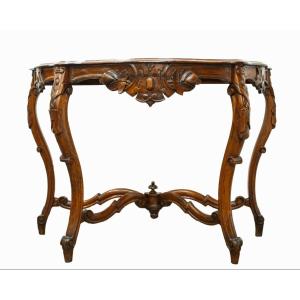






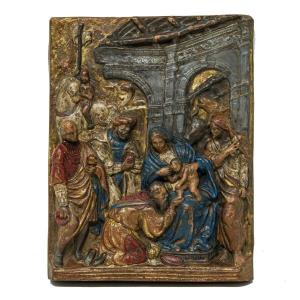














 Le Magazine de PROANTIC
Le Magazine de PROANTIC TRÉSORS Magazine
TRÉSORS Magazine Rivista Artiquariato
Rivista Artiquariato